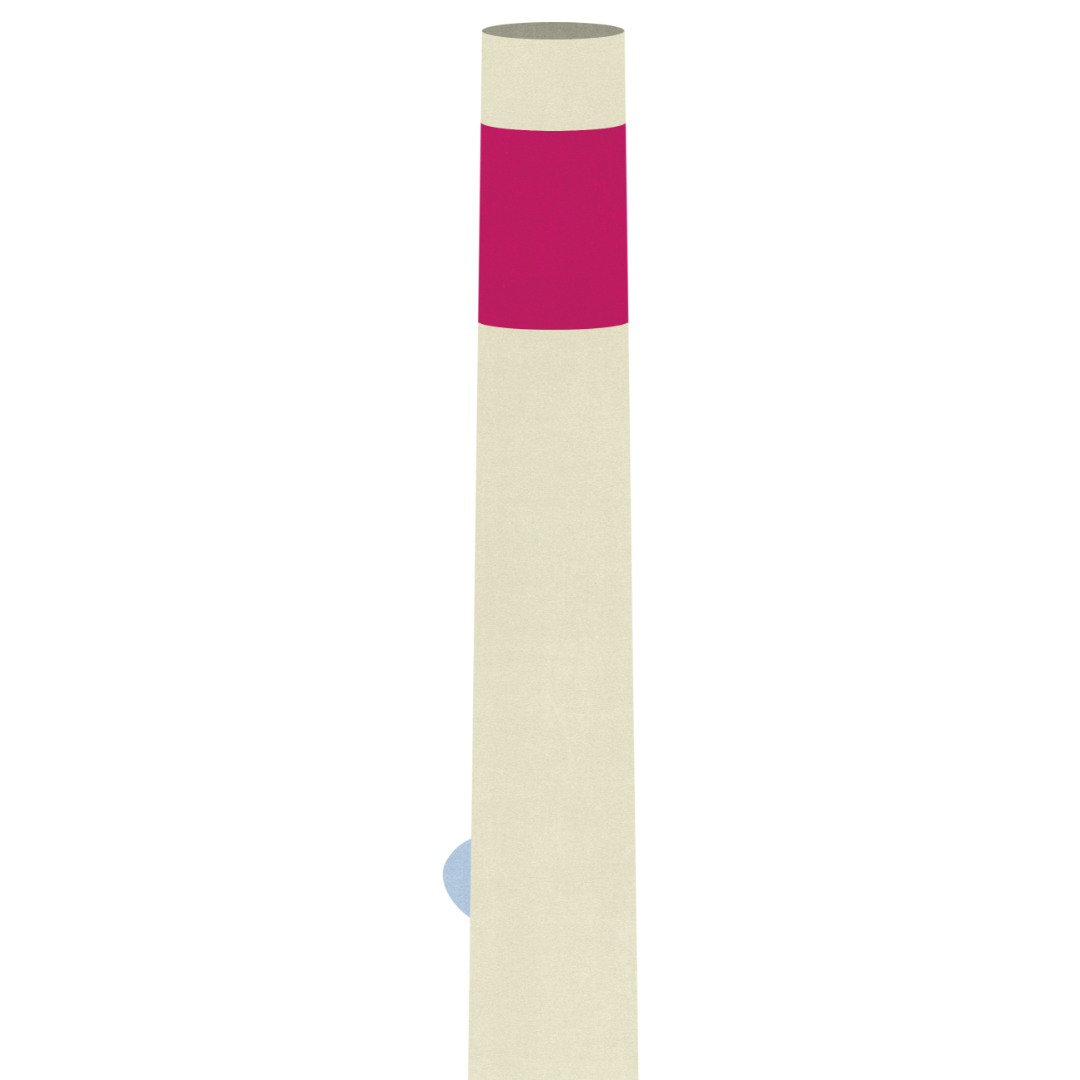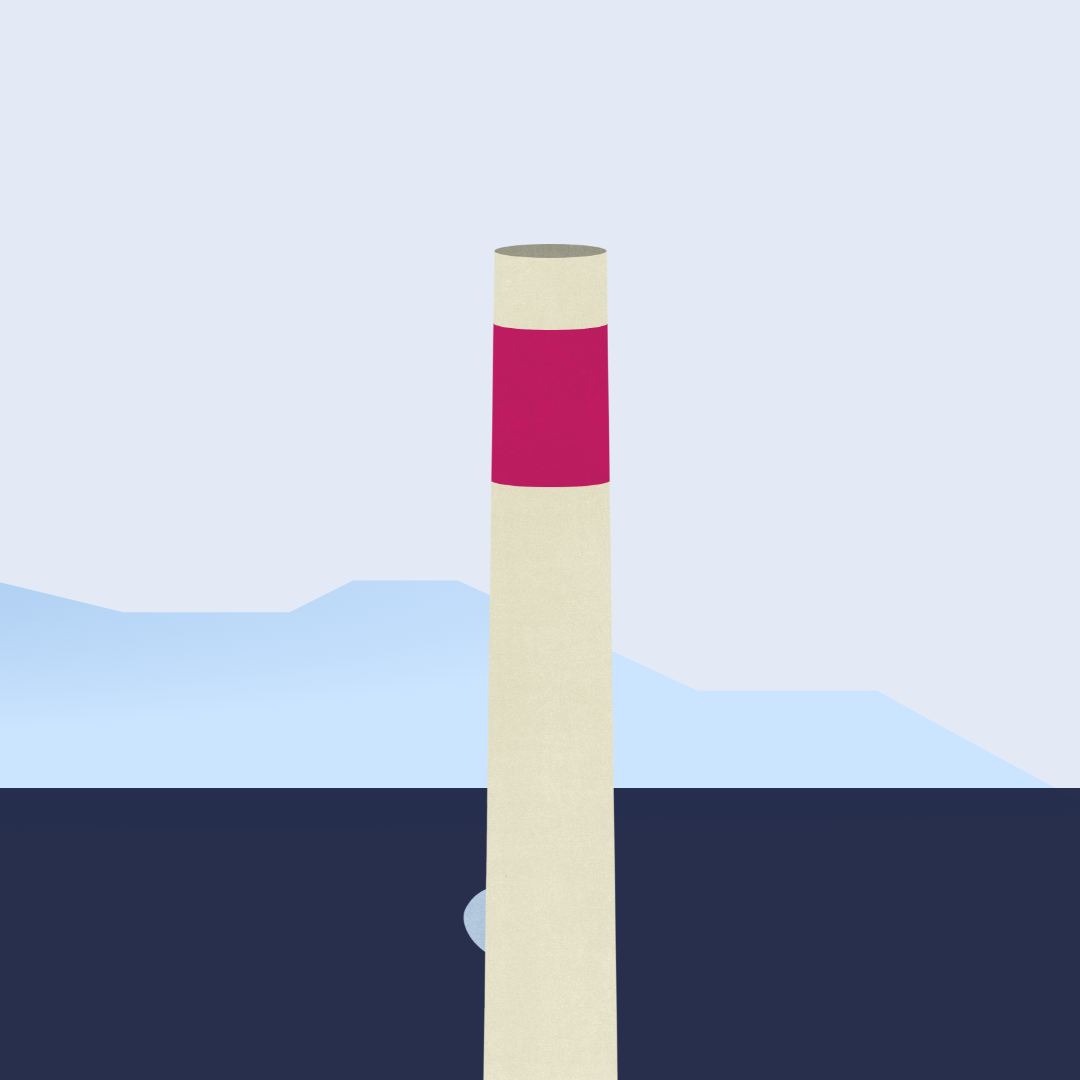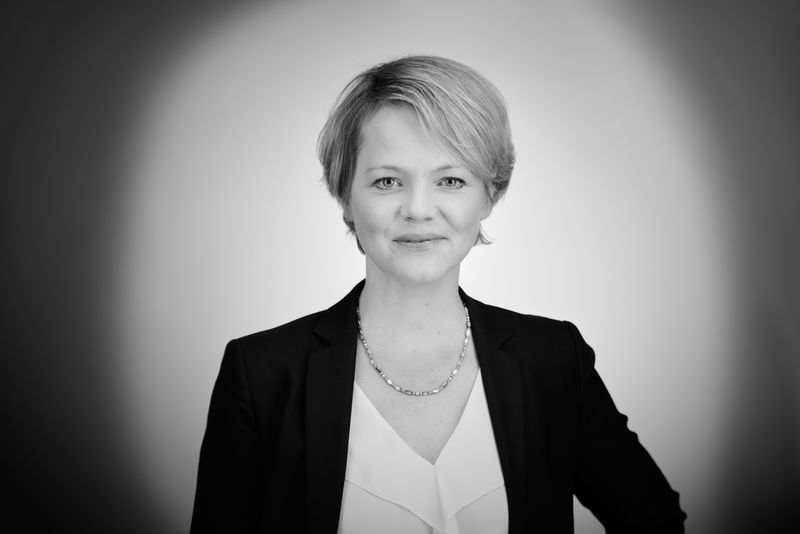
ENERGY
Freedom energy from the sea – is it the quiet before the storm?
Offshore wind farms are supposed to make the energy transition happen after all. But it is still a long way to go. Building wind farms in the sea and connecting them to power grids on land requires a lot of things that are still missing.
Text: Karina Würtz
Illustrations: Andrea Ucini
ENERGY
Freedom energy from the sea – is it the quiet before the storm?
Offshore wind farms are supposed to make the energy transition happen after all. But it is still a long way to go. Building wind farms in the sea and connecting them to power grids on land requires a lot of things that are still missing.
Text: Karina Würtz
Illustrations: Andrea Ucini

When it comes to offshore wind energy and the energy transition, politicians have been laying it on thick lately: terms like “Zeitenwende” (historical turning point), freedom energies and “Doppel-Wumms” (double oomph) are designed for maximum pathos. As society as a whole seems to be recalibrating reality, the political perspective on renewable energies is changing across the political spectrum. Ridiculed as a peculiarity of energy policy not so long ago, renewables are now being hailed as harbingers of a secure, resilient, independent and not least low-emission energy supply.
An academic mirage?
Political unity, political goals and a clear path towards a rosy energy future? Not as far as the expansion of offshore wind energy is concerned. At least it is not quite that easy, because the traffic light coalition’s highly ambitious expansion targets (30 GW by 2030, at least 40 GW by 2035 and 70 GW by 2045) are coming after years of politically induced stagnation in the sector, which means the industry had been forced to shift into reverse and is now supposed to power ahead again all of a sudden. Without an intelligent and bold industrial policy, the 2030 target might turn out to be nothing more than an “academic mirage” on the horizon; after all, it took 12 years to install 8 GW worth of wind farms in the water, and now 22 GW are supposed to follow in just 7 years.
Manufacturing, warehousing and loading offshore wind turbines, cables, steel towers and foundations as well as the construction of converter stations require very large heavy-duty areas that German ports currently simply don't have. Our neighbours in Denmark and the Netherlands saw those requirements years ago and have since equipped their ports in Esbjerg und Eemshaven for the next generation of offshore wind energy development. Being able to rely on stable and friendly relations with our neighbours now and in future is of course an invaluable asset in times of geopolitical volatility, but it would be beneficial – both in terms of garnering support for the expansion of offshore wind energy at home and in terms of making Germany a more attractive investment, technology and business location – if at least part of the enormous value creation to be expected took place within our borders. We should take a page from our neighbours’ book because when it comes to infrastructure investments and securing European subsidies they are more creative and more committed than we are.
Inspiration is not the only reason why we should look beyond our national borders, however. In 2010, Germany's alpha ventus was the first offshore wind farm worldwide; today, almost every country in the world has a decarbonisation strategy with ambitious offshore wind energy targets. According to current projections, the project pipeline of countries in Europe, Asia-Pacific and the Americas adds up to more than 260,000 MW of additional capacity by 2030, representing about 15,000 wind turbines and the energy equivalent of a good 260 nuclear power plants. That is some serious competition for scarce productive factors such as space, labour, natural resources like rare earth minerals and copper, as well as steel and ships, and it is getting fiercer quickly. Considering what we are up against on an international level, we should not only attach pre-eminent public importance to offshore wind energy in Germany but also secure the necessary productive factors. Not doing this would be naive.
A glaring example is the construction of offshore converter platforms which are a neuralgic point of grid expansion. Without those 20,000-ton platforms, offshore direct current grids cannot be expanded. Tendered all over the world they are currently being welded together at shipyards in the far east for lack of alternatives. Germany has stopped producing them in 2018 to build cruise ships instead.
It took 12 years to install 8 GW worth of wind farms in the water, and now 22 GW are supposed to follow in just 7 years.
A real change in strategy
That decision could be undone. But there are only two or three possible locations in Europe for constructing 2-GW platforms of the next generation; one of them is the shipyard in Rostock-Warnemünde that belongs to the insolvent shipbuilder MV Werften. In this case, national security interests trumped the new pre-eminent public importance of offshore wind energy this summer, when the Institute for Federal Real Estate (BlmA), a government agency taking care of federal properties, took over the site and allowed the naval arsenal to use it instead of selling it to an offshore wind investor so that converters could be built there. The interested parties are currently negotiating shared use, so hopefully it will be a win-win situation in the end.
Even in the past it was questionable whether it makes sense from a climate and industry policy perspective to have those giants made of German steel welded together in Dubai or Indonesia and then towed half-way around the globe. And do we really want sensitive electronics and the software that goes with it manufactured in China, in the middle of a debate about security and independence?
What's more, it is still unclear what a maritime security infrastructure could look like – something we should know if we are going to shove our grid-based energy supply out to sea. The offshore expansion targets of Germany and the Nordic countries, the vision of a common European offshore-grid and the plans for industrial scale hydrogen production will turn the North Sea and the Baltic Sea into a powerhouse of energy supply in the decades to come. Who is best suited to monitor critical energy production at sea? This task currently falls to the ministry of the interior, even though the German navy would arguably be the better choice.
Defining new political expansion targets was an important step. For the first time in years, these targets are aligned with climate policy studies and what they say offshore wind energy must contribute to the energy transition. Given the challenges outlined above, however, this can only be the beginning if the vision is to become reality. The work has only just begun.

Karina Würtz has been Managing Director at the Foundation Offshore Wind Energy since 2021. Before that, the economist and political scientist was General Manager at Nordsee Ost offshore wind farm operated by RWE off the coast of Helgoland.

Karina Würtz has been Managing Director at the Foundation Offshore Wind Energy since 2021. Before that, the economist and political scientist was General Manager at Nordsee Ost offshore wind farm operated by RWE off the coast of Helgoland.
Also interesting

Karl-Heinz Paqué // Schaffen wir das?
The eternal tug of war between the ministry of transport and the ministry of the environment is legend. But if the Zeitenwende in energy policy is to succeed, it will be down to Volker Wissing and Steffi Lemke.

Karl-Heinz Paqué // Würdigung der Vernunft
Horst Möller durchwandert die deutsche Geschichte der letzten 100 Jahre.

Alexander Görlach // „Es hat sich ein Spalt aufgetan“
Der US-Politikwissenschaftler Francis Fukuyama über die Erosion liberaler Werte, die Auswirkung linker Identitätspolitik auf moderne Gesellschaften und die Frage, warum der Aufstieg von Frauen bei Männern weltweit Wut auslöst.
